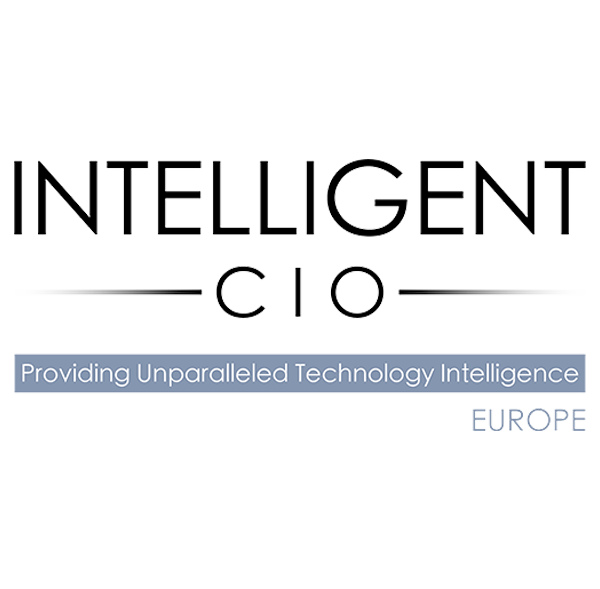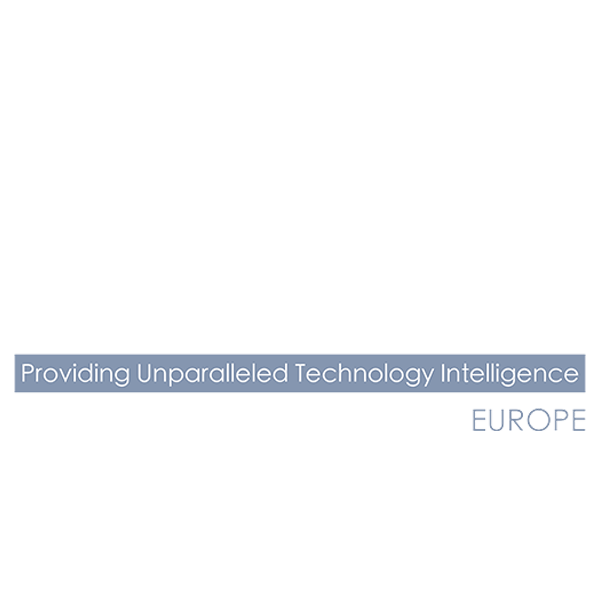Dan Reid, Chief Technology Officer and Co-Founder, Xceptor, explores the challenges companies are facing in tech training their teams and the solutions that could drive automation forward within the regulatory framework.
The European Union’s €1.3 billion investment in AI and digital infrastructure indicates a considerable uptick in momentum in the continent’s broader technological trajectory. Beyond infrastructure, the funding reveals a clear intention to empower the European workforce to thrive in an age of intelligent automation and regulatory transformation.

While AI capabilities are advancing at a dizzying rate, limited internal readiness prevents many organisations from scaling adoption of the technology. Despite access to powerful tools, the persistent gap in practical AI understanding – particularly within operational teams – continues to stall implementation efforts.
Moreover, with the newly enacted EU AI Act further raising the bar, organisations must act not only with speed, but with transparency, control and compliance built in from the start.
To move forward, businesses must streamline operations, reduce reliance on manual tasks and build leaner, smarter teams capable of adapting easily to regulatory and technological change.
Workforce readiness: The next great AI hurdle
Across the continent, the lack of AI-proficient professionals is a persistent barrier to Digital Transformation. While initiatives such as the EU’s AI Factories and Digital Innovation Hubs will expand access to AI tools, organisations must first focus inward and enable their existing staff to engage with these technologies meaningfully.
Rather than competing for a small pool of expensive data specialists, forward-looking firms are leveraging no-code platforms and embedded training to empower operations staff. Taking this approach enables more people, regardless of their technical background, to automate processes and workflows and unlock value themselves.
When left unaddressed, skills deficits have very real commercial consequences. Businesses that fail to bridge the gap are typically left with underutilised systems, inconsistent data handling and missed opportunities to reduce cost or improve customer outcomes. The issue is felt particularly keenly by mid-sized and regional companies, where challenges in talent acquisition make internal enablement strategies even more critical.
For such organisations, empowering non-technical staff with intuitive AI tools allows lean teams to move from manual processes, such as data entry, to more strategic, insight-driven work, ramping up productivity and the potential for growth.
AI, regulation and the risk of inaction
The implications of the AI skills gap extend beyond internal efficiencies and stray into the regulatory ecosystem. European businesses are now expected to operationalise AI in a way that is both explainable and accountable – a tall order without the right tools and talent.
Laying down expectations far beyond box-ticking, the EU AI Act introduces new compliance mandates, including that firms must demonstrate responsible AI use, supported by traceable decisions and robust auditability. For many organisations, this is impossible without a layer of automation tooling that empowers operations teams to respond quickly to regulatory change.
As such, no-code and low-code platforms are growing exponentially in popularity, equipping frontline teams with the tools to adjust workflows in line with changing requirements, without routing every change through IT.
Tax compliance serves as a concrete example. AI-aligned automation platforms allow firms to mitigate the risks associated with failing to adapt to new digital reporting obligations, such as penalties, lost trust, or market exclusion-by embedding real-time regulatory checks directly into day-to-day operations.
Three key operational shifts for 2025 and beyond
To close the AI readiness gap and align with Europe’s digital agenda, organisations must prioritise:
1. Widespread automation enablement: Provide non-specialists with access to automation tools they can use and understand. Democratising the use of platforms reduces delays and removes unnecessary technical dependencies.
2. Built-in compliance infrastructure: Regulatory readiness can no longer be tacked on as an afterthought. AI tools must include compliance features, like audit trails, permission controls and validation gates, as standard.
3. On-the-job learning networks: Legacy training models should be replaced with embedded, just-in-time upskilling. Establish internal AI champions and peer-driven knowledge sharing to support continuous capability building.
Combining infrastructure with human capability
Europe’s investment in AI infrastructure is vital, but its success hinges on equal investment in workforce readiness. High-performing models mean little without people who can deploy and refine them responsibly.
Business leaders must position AI as a core operational capability; not an abstract project owned by IT or innovation teams. Real competitiveness will come from embedding AI fluency across departments, empowering teams to act fast, comply confidently and deliver value consistently.
By confronting the AI skills challenge head-on, businesses will lay a foundation to future-proof their operations while gaining first-mover advantage as the next generation of Digital Transformation unfolds across the global economy.



